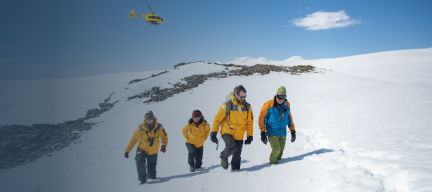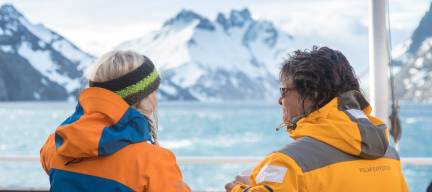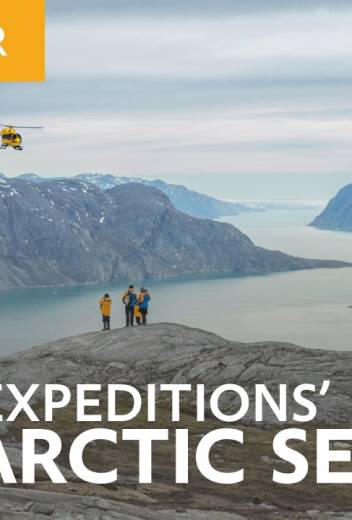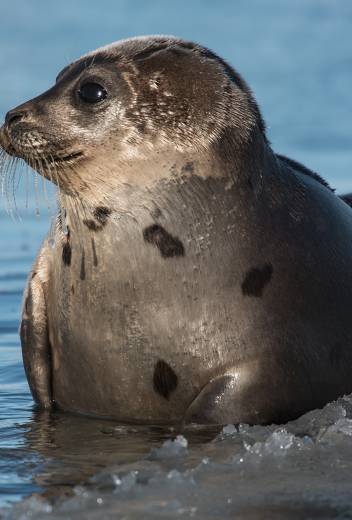Feature photo: athletes and volunteers get pumped up for the 2014 Arctic Winter Games at a recent volunteer ceremony. Photo credit: awg2014.org
The 2014 Olympic Winter Olympics have come and gone, leaving in their wake a number of new records, both sporting-related and monetary. The Sochi Olympic Games will go down in history as the most expensive to date; with a $51 billion investment, Russia far exceeded the previous $40 billion record spent on the Summer 2008 games in Beijing.
Fear not, winter sports fans, the 23rd Annual Arctic Winter Games are just around the corner, ready to feed your need for all the skiing, snowboarding, and curling you can handle. The Arctic Winter Games is unique, though, in that they are as much a celebration of Northern life and culture as they are a competition of athletic prowess.
This year, the games are held in Fairbanks, Alaska, with teams from nine circumpolar regions: Alaska, Alberta, Greenland, Northwest Territories, Nunavik-Quebec, Nunavut, Sapmi, Yamal and Yukon.
The Arctic Winter Games committee explains their mission on their website: “The Games provide an opportunity to strengthen sport development in the participants’ jurisdictions, to promote the benefits of sport, to build partnerships, and to promote culture and values. The Games celebrate sport, social exchange and cultures.”
In addition to figure skating, ice hockey and the usual winter sports suspects, you’ll find events like the Dene Games, an all-round event consisting of competitions in finger pull, snowsnake, stick pull, hand games and pole push. Dene Games features competitors from most of the Arctic regions, including Nunavut, Greenland, and the Yukon.
The Arctic Winter Games have a rich history spanning thousands of years, which is evident in traditional competitions like Dog Mushing. Participants will compete in teams or as individuals, in short or long races, each with their own coach and team of sled dogs.

Nine contingents from three continents compete, each bringing to the table their traditional Arctic knowledge and a healthy dose of national Northern pride. Over 2000 athletes compete in 20 different sporting events, making this the largest sporting and cultural event of its kind on the planet.
The games are an opportunity for Northern communities to come together and showcase the strength of their individual cultures, but also the culture of the Arctic as a whole. Each of the participating teams brings with them a reputable artist from their region, who performs in the ceremonies and is responsible for leading Northern youth education programs throughout the games. Sporting participants are also cultural performers, expected to perform at least once per day in the various venues. Indigenous arts, crafts, song, dance and culture are all celebrated here, while viewers from more southern regions are granted a unique look into Northern culture and spirit.
Since their inception in Yellowknife, NWT, in 1970, the games have been hosted by circumpolar communities including Whitehorse, Chugiak Eagle River, Iqaluit (all in Canada) and Nuuk ,Greenland, among other Northern communities. This year, the Arctic Winter Games take place March 15-22 in host city Fairbanks, Alaska.
We’ll be tuning in online to catch the highlights of the 2014 Arctic Winter Games, will you?








